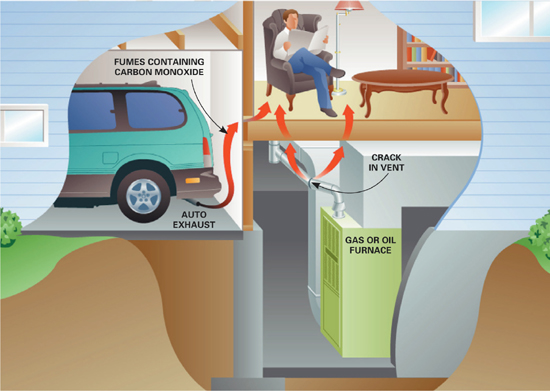
Sources of carbon monoxide
CO is produced by anything that runs on fuel: gas water heaters, oil furnaces, wood stoves, gasoline engines, kerosene heaters… if it burns, it emits CO.
Carbon monoxide, or CO, is a colorless, odorless gas that first makes you feel sick, then puts you to sleep and then kills you. It’s a normal byproduct of combustion, so it’s produced by anything that burns fuel. Unless your home runs entirely on electricity, it’s in your house. Here’s how to protect your family.

CO is produced by anything that runs on fuel: gas water heaters, oil furnaces, wood stoves, gasoline engines, kerosene heaters… if it burns, it emits CO.
Most things that burn fuel vent exhaust gases outside. But exhaust systems can fail, so CO detectors are the best way to stay safe. Install one on each level of your home.
Locate them in hallways near bedrooms but at least 15 ft. away from fuel-burning appliances. CO is roughly the same weight as air, so it neither rises to the ceiling nor sinks to the floor.
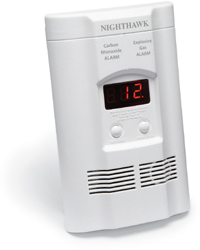
Install a combination combustible gas/CO detector in areas heated by natural gas space heaters.
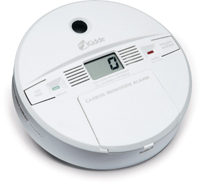
Locate digital-display wall-mounted detectors at eye level so you can monitor the CO levels.
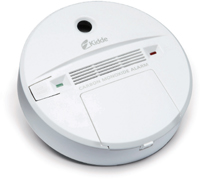
Install wall-mounted detectors anywhere on the wall, but at least 15 in. below the ceiling.
CO detectors only have a five- to seven-year life. Listing a build date or an expiration date on the label is a fairly new practice. If there’s no date on yours and you can’t remember when you bought it, you’re probably due for a new one. Some models have a digital readout and a “peak level” memory retention feature. That’s helpful to emergency personnel if they suspect CO poisoning. If you have small children, consider buying a talking CO detector. A voice warning is more effective than a horn at waking children.
The early symptoms of carbon monoxide poisoning resemble those of the flu. If the CO detector alarm sounds and anyone is experiencing headaches, dizziness, fatigue or vomiting, get everyone out of the house and call 911. Never ignore the alarm: Don’t assume all is well if no one feels ill. Open your doors and windows to thoroughly ventilate the house. Turn off all potential sources of CO. Have a pro inspect your fuel-burning appliances and chimneys to make sure they’re operating correctly and that there’s nothing blocking the vents that let fumes out of the house.
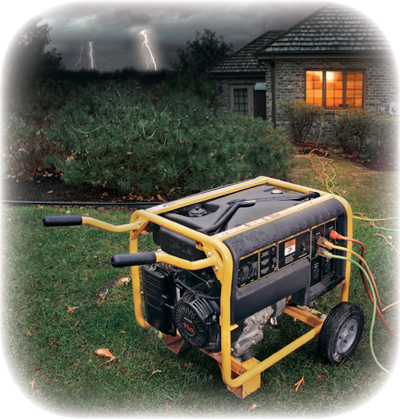
In the aftermath of natural disasters, more people die from CO poisoning than from Mother Nature’s fury. When the power grid goes down, people fire up grills, generators and camp stoves—sometimes in garages or indoors. Bad idea. Use outdoor equipment outdoors only and keep generators at least 10 ft. away from your house.